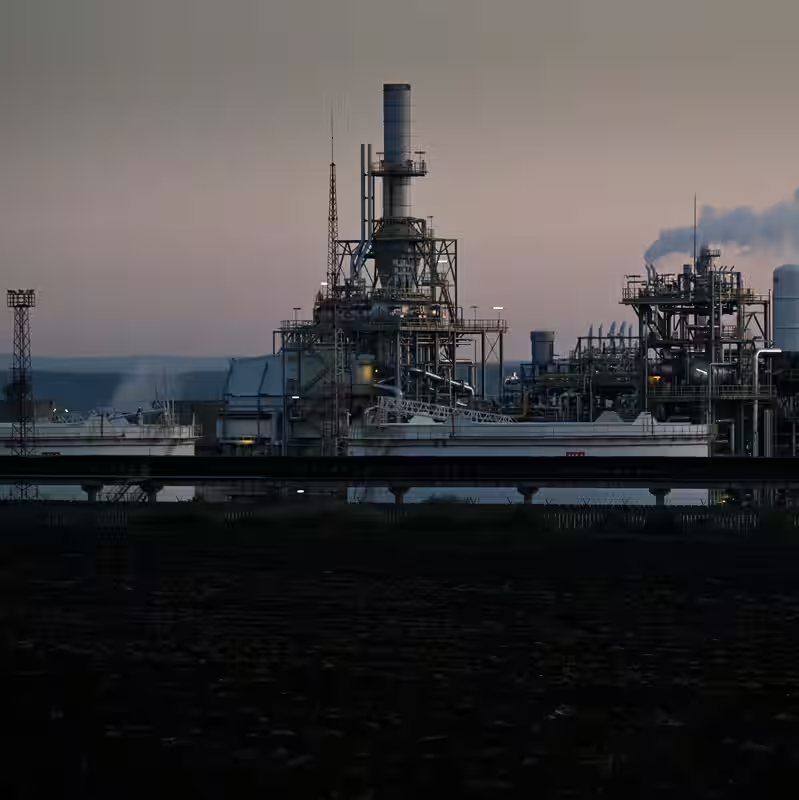Table of Contents
- The Gasoline-Inflation Paradox
- Monthly Spike vs. Yearly Relief
- How Gas Affected the Full Inflation Picture
- What U.S. Drivers Actually Paid
- What This Means for Interest Rates
- Sources
Gas Prices Pushed Up September Inflation—But Are Still Cheaper Than Last Year
Gasoline prices gave inflation a noticeable nudge in September 2025—but don’t panic just yet. While pump prices rose over the month, they remained significantly lower than they were a year ago, offering some relief to American households even as the Consumer Price Index (CPI) ticked upward.
This mixed signal has left economists and policymakers parsing the data carefully. The rise in gasoline costs contributed to a 0.3% monthly increase in the CPI, according to the Bureau of Labor Statistics. Yet on an annual basis, gas prices were down nearly 12%—a rare bright spot in an otherwise sticky inflation environment.
Monthly Spike vs. Yearly Relief
Why the contradiction? A late-summer surge in crude oil prices—driven by Middle East tensions and refinery outages along the Gulf Coast—pushed pump prices higher in September. The national average jumped from $3.18 to $3.42 per gallon over the month.
But that’s still well below the $3.91 average seen in September 2024. For families budgeting month-to-month, the short-term pain is real. But year-over-year, they’re spending less on fuel than they did last fall.
How Gas Affected the Full Inflation Picture
Gasoline is a volatile but influential component of the CPI. Because it’s part of the “energy” category—which also includes electricity and fuel oil—it can swing headline inflation without reflecting broader economic trends.
When energy is stripped out, core CPI rose just 0.2% in September, slightly below expectations. That suggests underlying inflation pressures may be easing—even as gas prices create noise.
“One month of higher gas doesn’t mean inflation is reigniting,” said economist Dr. Naomi Chen of the Urban Institute. “It means we need to look past the headline and focus on services, housing, and wages.”
What U.S. Drivers Actually Paid
Regional differences tell a fuller story:
| Region | Sept 2025 Avg. | Sept 2024 Avg. | Yearly Change |
|---|---|---|---|
| West Coast | $4.10 | $4.65 | ↓ 11.8% |
| Midwest | $3.25 | $3.70 | ↓ 12.2% |
| South | $3.15 | $3.55 | ↓ 11.3% |
| Northeast | $3.50 | $4.00 | ↓ 12.5% |
Every region saw lower prices compared to 2024—even as all experienced a September uptick.
What This Means for Interest Rates
The Federal Reserve watches core inflation more closely than headline CPI, but persistent energy volatility complicates their messaging. With tariffs on imported oil products and geopolitical risks lingering, gas prices could remain unpredictable.
Still, the year-over-year decline in gasoline costs may support the case for a rate cut in early 2026—if other sectors like housing and insurance also show signs of cooling.
“The Fed won’t overreact to one month of gas-driven inflation,” said former Fed economist Marcus Lin. “But they’ll want confirmation that the trend is truly downward.”
Sources
The New York Times: Gasoline Prices Drove Up Inflation in September But Were Down From a Year Ago




